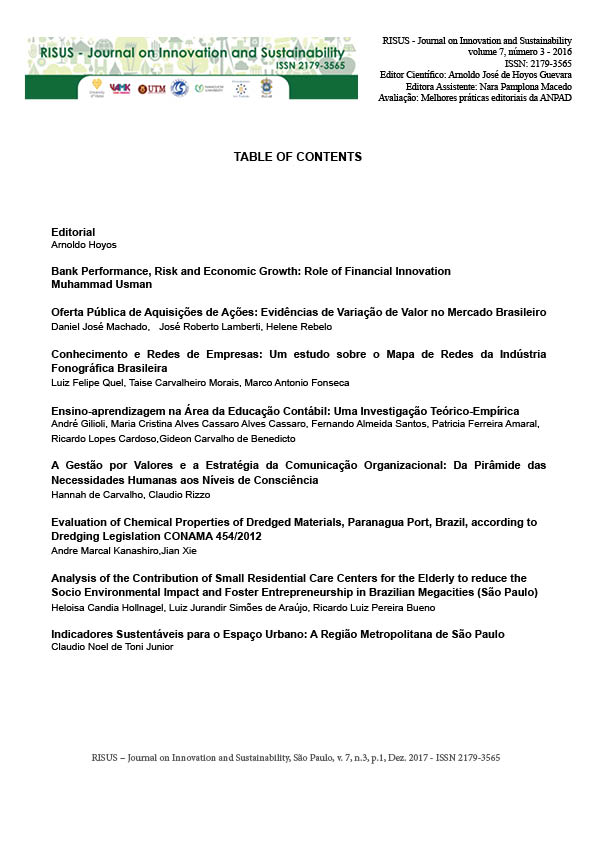Evaluation of Chemical Properties of Dredged Materials, Paranagua Port, Brazil, according to Dredging Legislation CONAMA 454/2012
DOI:
https://doi.org/10.24212/2179-3565.2016v7i3p90-102Keywords:
CONAMA 454/2012, dredging sediment, chemical analyses, dredging legislationAbstract
This paper discusses chemical and physical analyses of Paranagua Port’s dredged material based in the relevant dredging legislation in Brazil, CONAMA No 454/2012. It was analyzed samples before dredging activity of Paranagua Port`s berth. Most of samples had concentrations below in the Level 1 established by CONAMA Resolution No. 454/2012. However, considering the nature of these contaminations, we can suggest that losses during the operations of loading / unloading, storage and transfer of products in Paranagua Port, constitute sources of polluting materials into waters of the berth samples. Most of contamination may come from fertilizers because Paranagua Port exports grains and imports fertilizer to control food production.
Downloads
Published
Issue
Section
License
This Journal is licensed under a Creative Commons Attribution-Non Commercial-No Derivers 4.0 International license.
1.The author (s) authorize the publication of the article in the journal;
2.The author (s) warrant that the contribution is original and unpublished and is not in the process of being evaluated in other journal (s);
3. The journal is not responsible for the opinions, ideas and concepts emitted in the texts, as they are the sole responsibility of its author (s);
4. The editors are entitled to make textual adjustments and to adapt the articles to the standards of publication.


